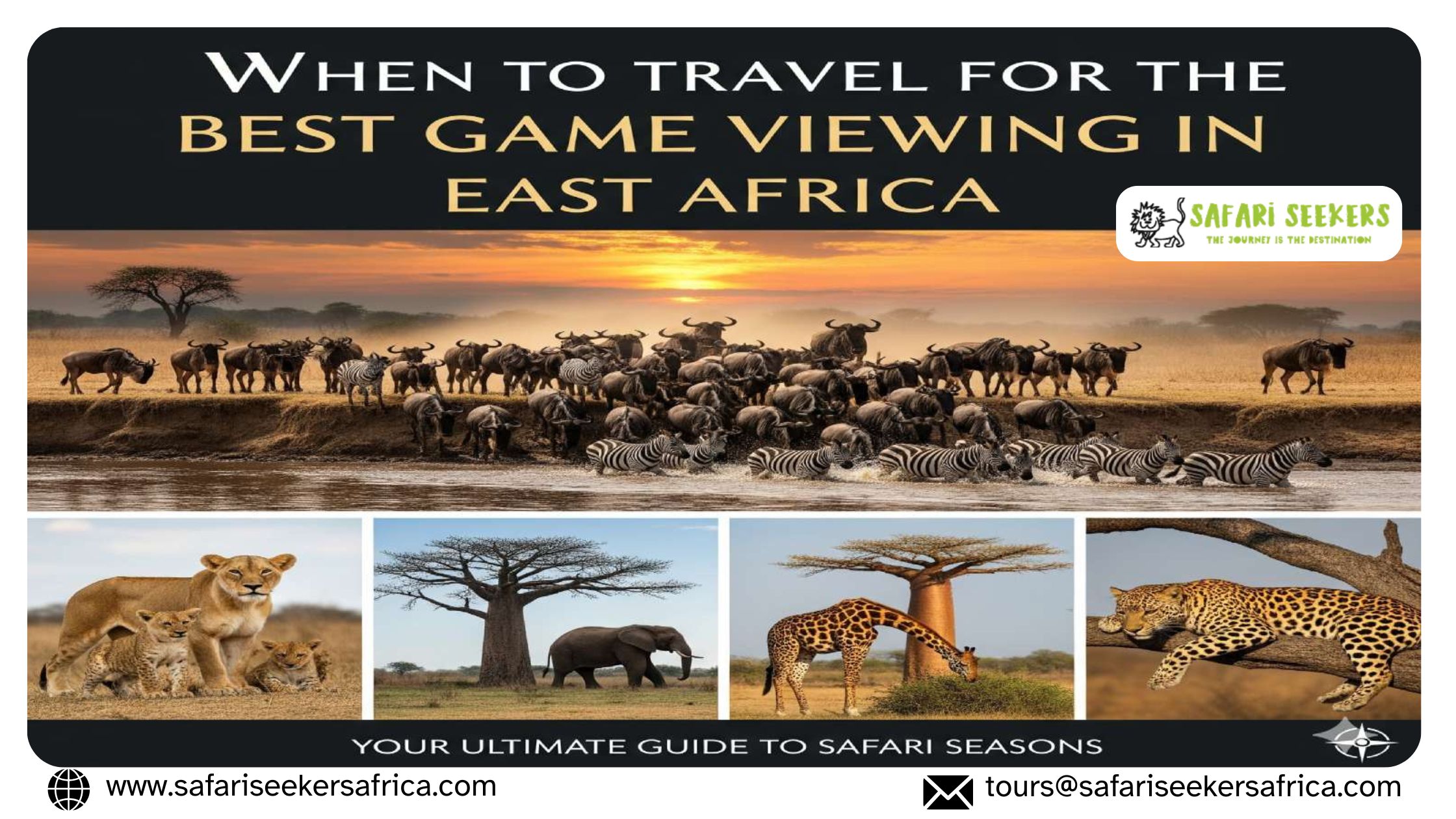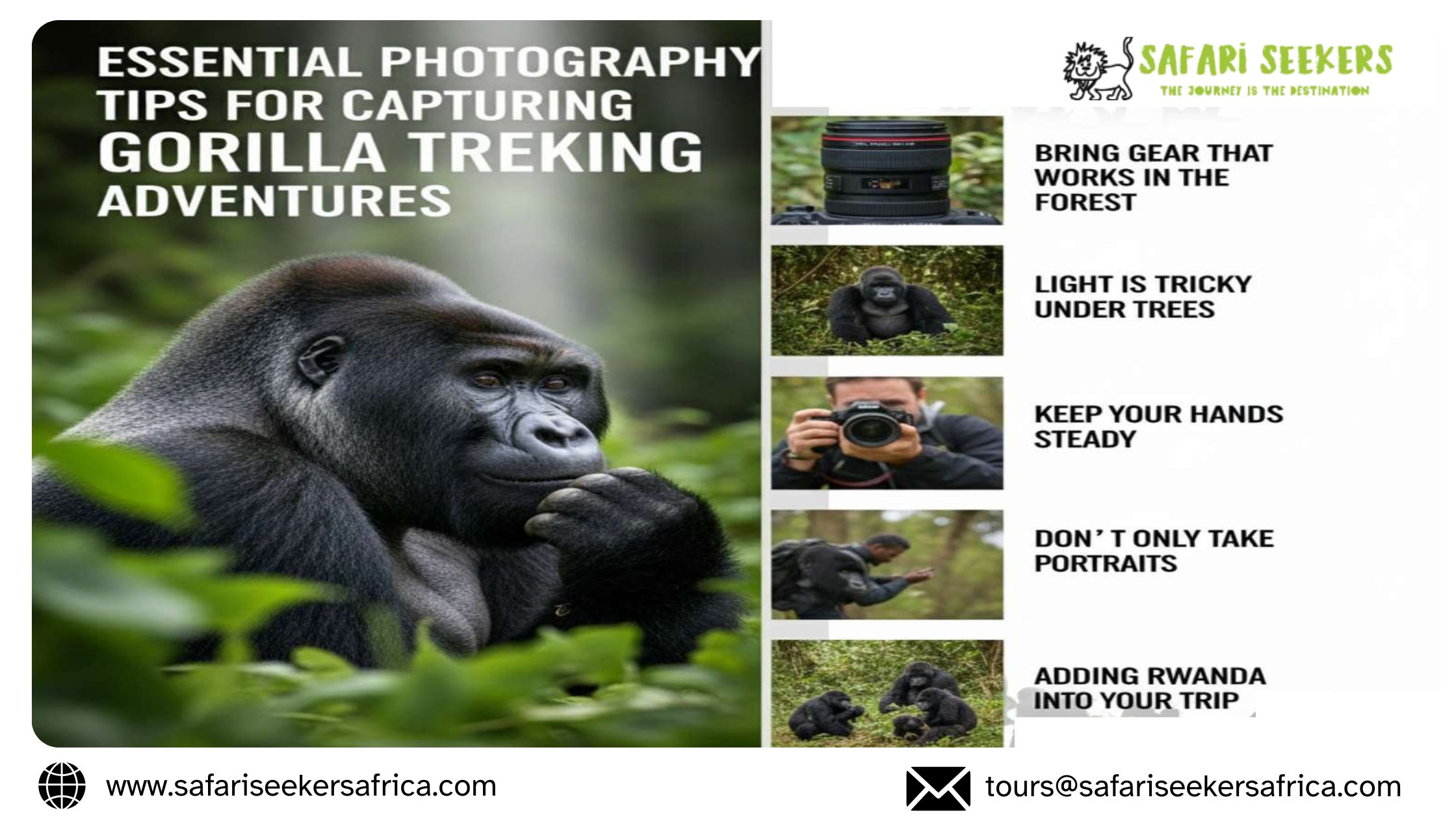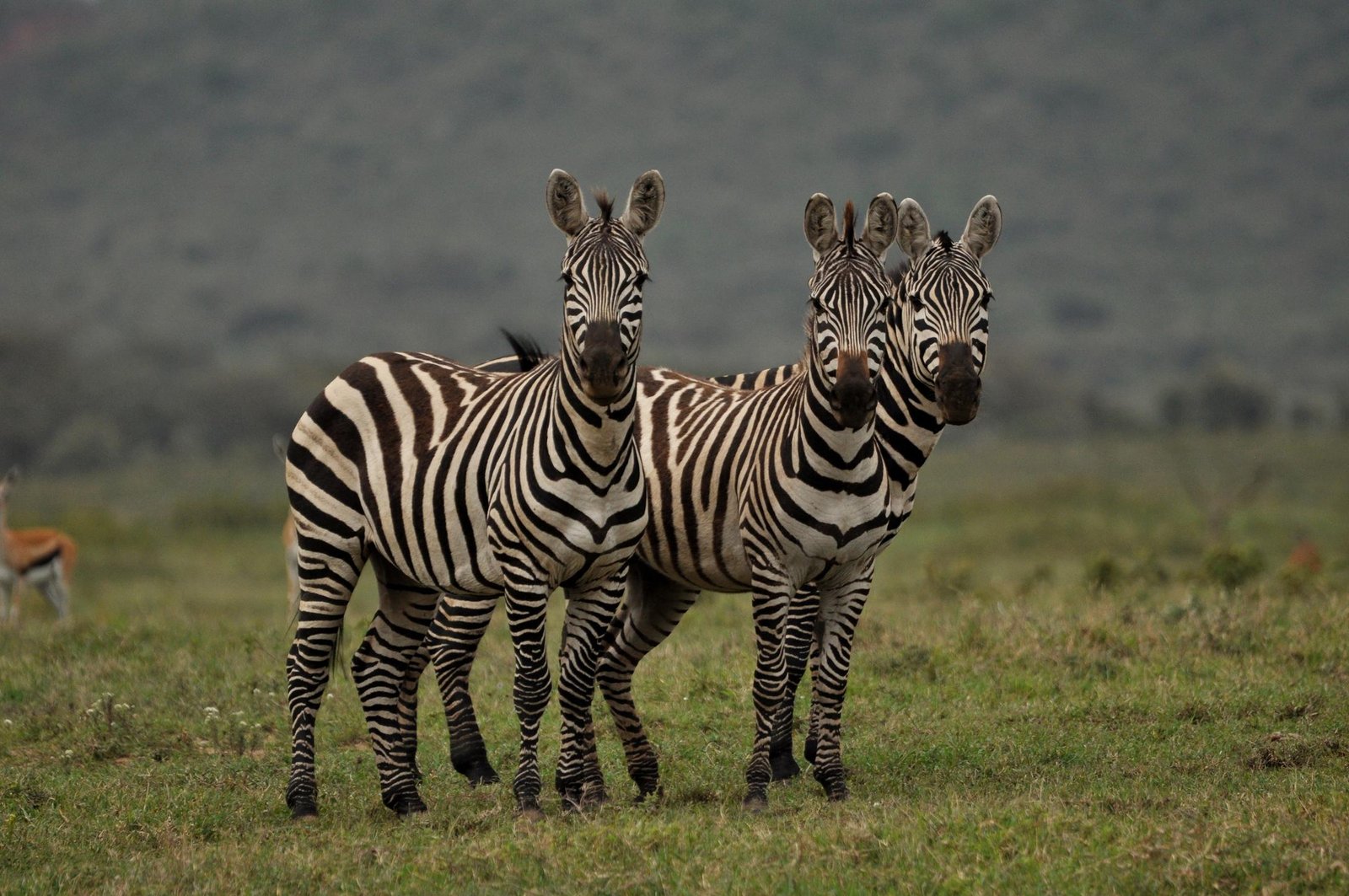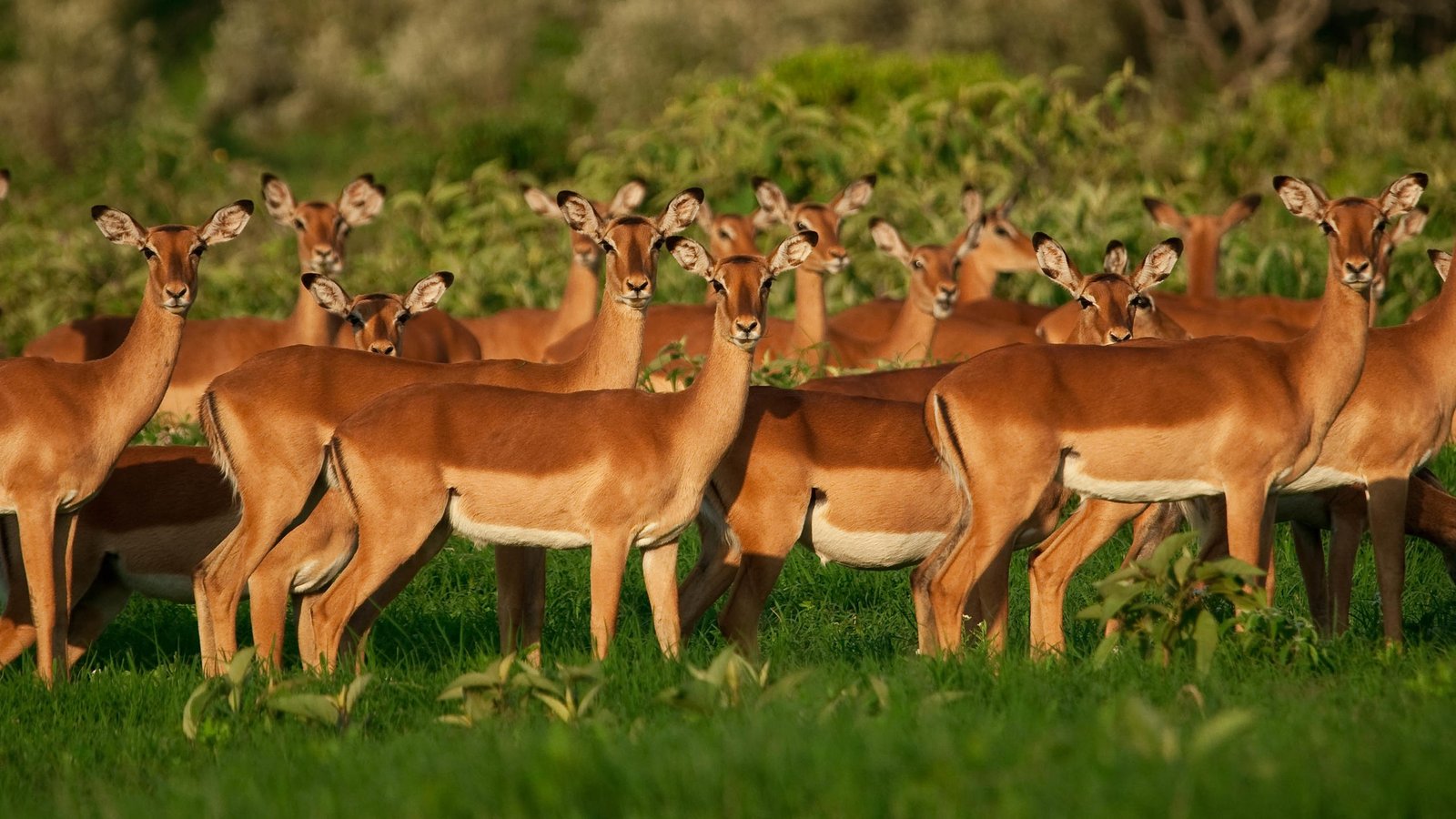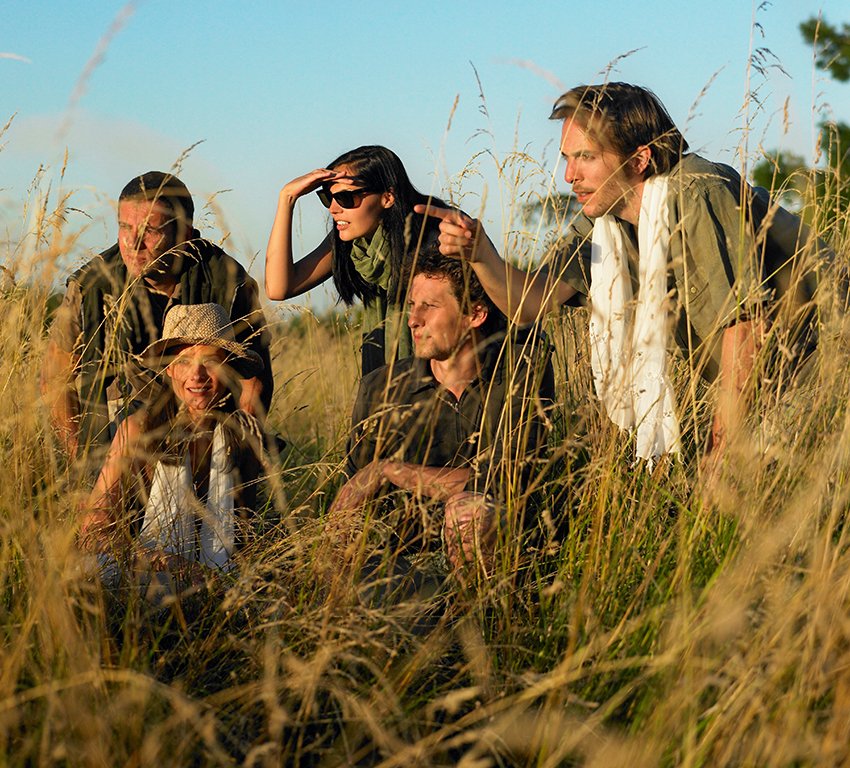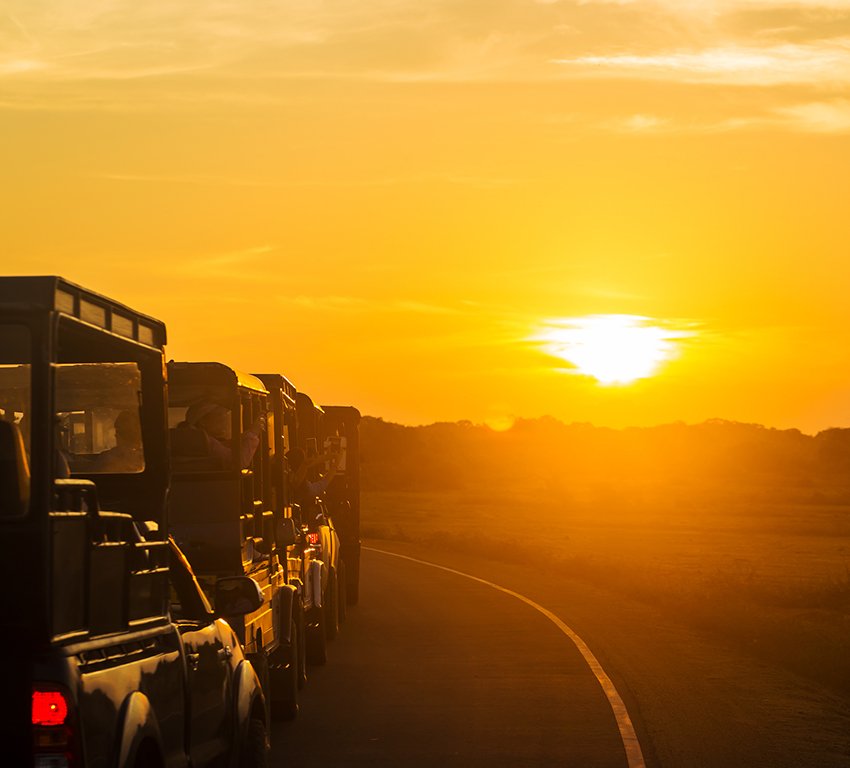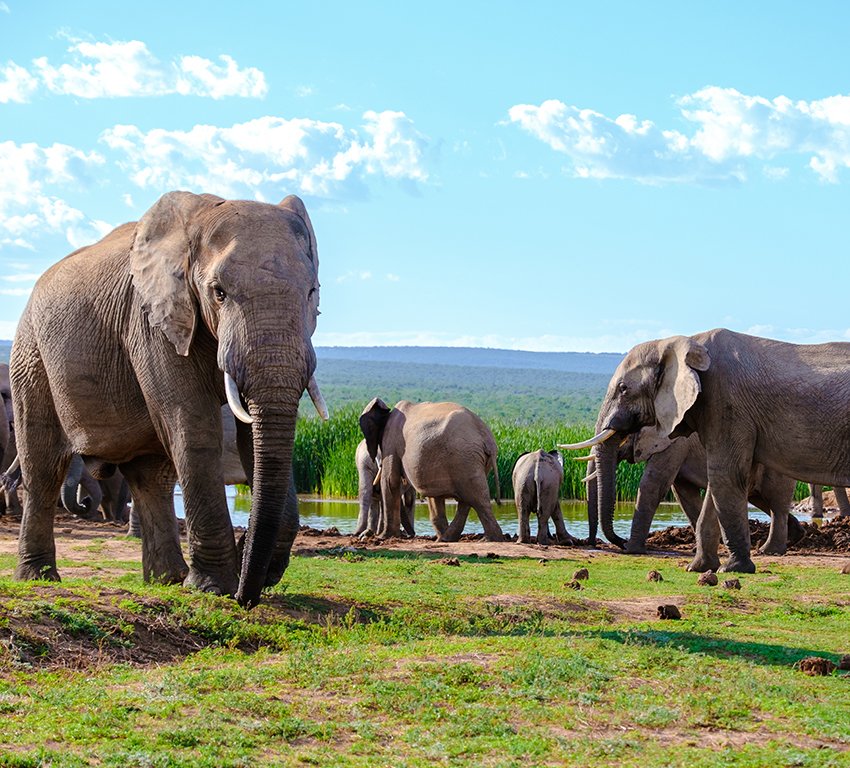Frequently Asked Questions About Safari
Do I need a visa?
Visas are compulsory for almost all nationalities traveling to either Tanzania or Kenya and normally prices between US$50 to US$100. There are e-visa structures in place for both countries which are recommended for clients to use for their visas before travel. Please ensure to check all visa requirements carefully before traveling as directives change often.
Why do safaris cost so much?
A safari can make for a once-in-a-lifetime trip, but they can cost a lot — there is a basis for this. One of the principal reasons is a lack of infrastructure in distant areas. Building a safari lodge has different trials to build a hotel in a city. Roads need to be constructed; materials need to be transferred in. Boreholes need to be excavated to find water which then needs to undergo treatment to make certain it is clean. Solar panels and battery banks need to be positioned for electricity. Even once the lodge is built, subjection to the African components means that it is an everyday struggle to keep the property in good condition.
Food and supplies are usually flown in to maintain extremely good levels of service. There are usually a minimum of three staff assigned to every guest with expert guides, chefs, waiters, housekeepers, mechanics, etc — all of whom are paid and trained of course.
Park and other government fees need to be paid every day. These fees are essential to safeguard, take care of and enable key wildlife areas. On top of this, most responsible operators will also charge a minimal fee to aid local communities and conservation projects.
To bring down the price of a safari, guests can travel outside of peak season — when tariffs are a lot less, and the experience can be equally as good if not better.
Can children go on safari?
Without doubt! Aside from spending valuable time with your loved ones, a family safari offers irreplaceable experiences, unforgettable wildlife sightings, and the chance to discover nature.
Most of the camps that we quote are fitting for children of any age. In especially family-friendly camps, special activities and programs are offered for children, so they acquire good knowledge from their safari.
They will have the opportunity to learn bush skills and identify animal tracks, go on guided bush walks, visit a nearby community or school to learn about the customs of East Africa, buy local handicrafts, and more! Children will leave with a greater understanding and appreciation of different cultures and wildlife that simply can’t be taught in the classroom.
In the Masai Mara, what is the difference between a Conservancy and a National Reserve?
The Masai Mara National Reserve was created in 1961 and from the beginning became an established safari favorite. The combination of the tremendous annual visit of the great migration and the year-long residence of all members of the Big 5 against the iconic backdrop of immaculate savannah is a safari enthusiast’s dream.
Key features of the National Reserve:
- The land is county government owned and managed.
- During the region’s migration months (July-October) it is the best place for river crossings – Mara and Talek Rivers.
- Anyone can pay park fees and enter, including day trippers – it is therefore incredibly busy during migration months.
- No restrictions on the number of vehicles allowed at a wildlife sighting.
- Closer to balloon launch sites but no walking safaris, off-road driving, night drives, or visits to local communities are possible while in the National Reserve.
The first Mara Conservancy was established in 2005 and now is a collection of 15 separate conservancies that surround the Reserve. This land is owned by the Maasai, who lease concessions to tourism partners which offers the local community consistent income while conserving the land and wildlife.
Key features of a conservancy:
- Privately managed and as such, have stricter control on visitor numbers. Only those staying within the conservancy can game drive within the conservancy.
- It is not possible to visit a conservancy if staying in a camp located in the main reserve.
- A maximum of five vehicles are allowed at a sighting.
- A wider range of guest activities on offer that is not available in the main reserve, such as walking safaris and night drives.
- Community and Positive Impact partner visits are easily arranged.


